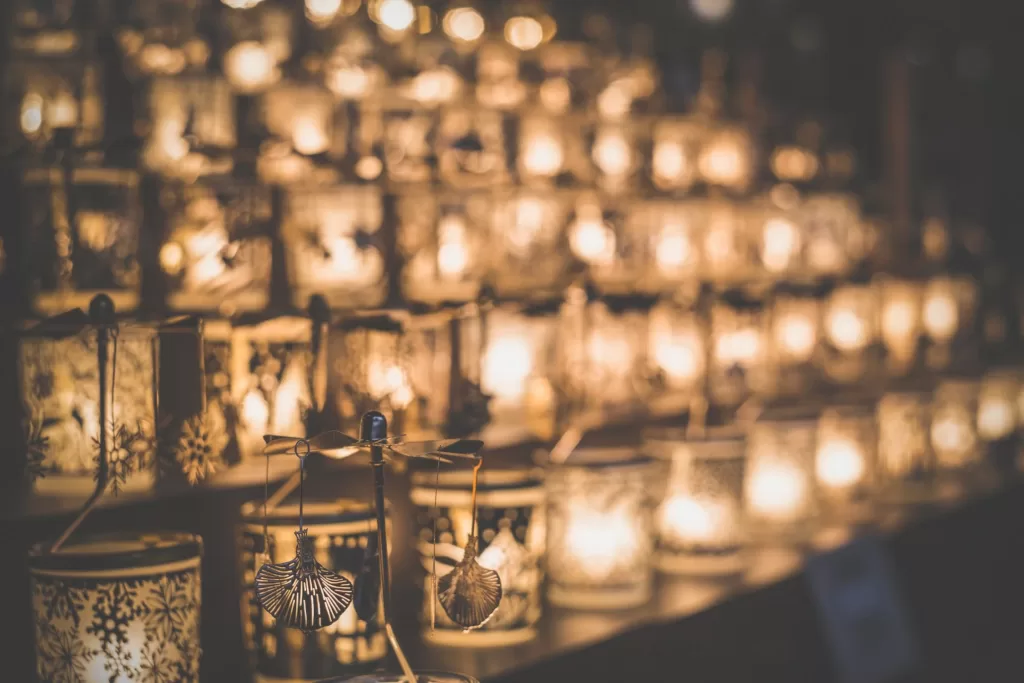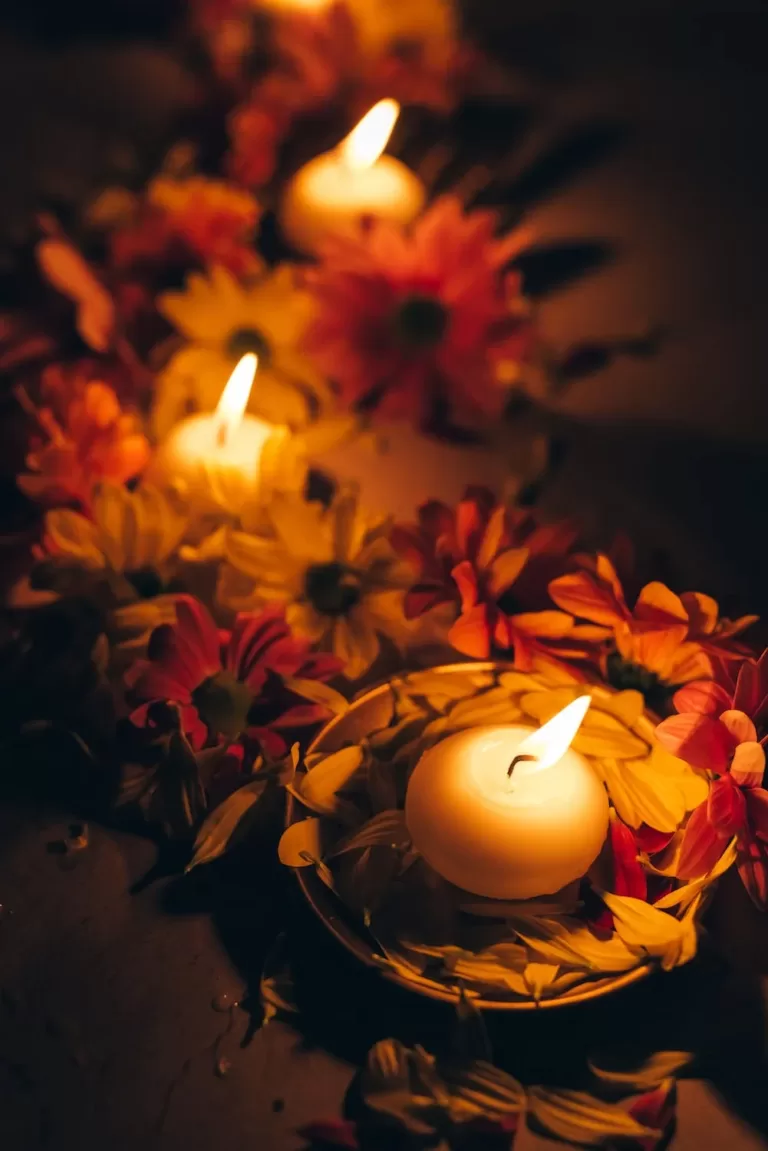Exploring the Landscape of Spirituality: Different Paths, Practices, and Perspectives on Living Mindfully
What does it mean to be spiritual? For some, it means adhering to the principles of an organized religion. For others, it’s a more personal practice of connecting to something larger than oneself. Many associate spirituality with activities like prayer, meditation, or yoga. However, there are diverse perspectives on cultivating a spiritual life.
Spirituality represents our link to the infinite. It provides a lens for making meaning of life experiences and our shared human condition. By exploring different types of spirituality and practices, we can gain wisdom on how to live more purposefully and authentically align our outer lives with our inner truths. Let’s survey the terrain.
Defining Spirituality
Spirituality is a broad concept with diverse interpretations. In general, it refers to the pursuit of meaning, purpose, inner peace, and connection with ourselves, others, nature, and the source of creation some call God. Spirituality provides values we try to live by, brings a sense of the sacred into everyday life, and shapes our worldviews.
For some, religion and spirituality are inextricable. Faith traditions can provide structure on the spiritual journey. However, many people identify as spiritual but not religious. Their spiritual lives aren’t tied to a formal institution. What unites most conceptions of spirituality is striving to transcend surface concerns and see the deeper significance in all things.
Living spiritually typically involves cultivating consciousness through practices like:
- Self-reflection
- Meditation
- Prayer
- Mindfulness
- Yoga
- Spending time in nature
- Showing compassion
- Pursuing knowledge and truth
But there are numerous perspectives and paths for nurturing spiritual growth…

Types of Spirituality
Spirituality is beautifully diverse. Here are some of the most common types and belief systems:
1. Abrahamic religions
This category includes monotheistic faiths that trace their origins to the ancient figure of Abraham. They include Christianity, Islam, and Judaism. These religions nurture spirituality through prayer, studying sacred texts, attending worship services, chanting, adhering to religious ethics, and rituals like baptism or bar mitzvah.
2. Dharmic religions
Dharmic faiths like Hinduism, Buddhism, Sikhism, and Jainism originated in the Indian subcontinent. In contrast to Abrahamic religions, Dharmic spirituality is centered on liberation from the cycle of rebirth. Practices include mantra repetition, meditation, yoga, vegetarianism and non-violence toward all living beings.
3. Paganism
Modern Paganism or Neopaganism promotes reverence for nature and ancient, pre-Christian spiritual traditions. Pagans observe the cycles of the natural world through seasonal celebrations. Spirituality is cultivated through shamanism, goddess worship, animism, occult magic, rituals, and honoring the seasons.
4. Shamanism
Shamanism refers to ancient spirituality centered on mediums or shamans who interact with the spirit world. Through altered states of consciousness, shamanic journeying, soul retrieval and divination, shamans provide guidance and healing for their communities. Many indigenous cultures have shamanic elements.
5. Mysticism
Mysticism focuses on attaining direct communion with the divine or absolute reality. Mystics use contemplative practices like meditation or chanting to achieve transcendent experiences and unitive states. Major mystical traditions include Sufism in Islam, Jewish Kabbalah, and Christian Mysticism.
6. Gnosticism
Gnosticism refers to diverse beliefs that spirituality comes from inner knowledge or gnosis of the absolute. Gnostic sects were common early in Christian history but deemed heretical. Gnostic spirituality involves rejecting materialism, questioning mainstream beliefs, and embracing esoteric or hidden truths.
7. Non-religious spirituality
Many people identify as spiritual but not religious. Their spirituality isn’t tied to a specific tradition but combined from diverse sources. Non-religious spirituality can include things like astrology, numerology, psychic abilities, tarot, witchcraft, and following the principles of spiritual teachers.
8. Humanism
Humanism promotes reason, ethics, and our shared human experience as sources of meaning rather than the supernatural. Religious humanism integrates humanist philosophy with religious rituals and congregations to provide community. Secular humanism approaches spirituality from a rational, scientific worldview.
9. Environmental spirituality
Environmental spirituality finds meaning through connection with nature. It incorporates ecology into spiritual practices. Examples include culivating awe for nature; supporting sustainability; participating in outdoor rituals or eco-activism; feeling unity with the earth.
As this overview illustrates, there are myriad ways to nurture spirituality based on our personal philosophies and worldviews. With an open yet critical mind, we can learn and draw inspiration from diverse paths.
 Cultivating an Eclectic Spiritual Practice
Cultivating an Eclectic Spiritual Practice
Many people today blend elements from different traditions into their own eclectic brand of spirituality. You get to be the alchemistmixing philosophical perspectives, rituals, and practices in your own way. This allows you to create a spirituality that resonates with your unique values, cultural background, and life experiences.
An integrative approach recognizes spiritual wisdom in many sources. For example, you could have a practice that incorporates:
- Mindfulness meditation – a Buddhist practice for cultivating present moment awareness.
- Yoga – originally a Hindu discipline uniting mind, body and spirit through postures, breathwork and meditation.
- Praying with beads – used in various faiths like Catholicism, Islam, Hinduism, and Buddhism to focus intentions.
- Honoring nature – revering the earth and recognizing spiritual significance in the natural world, as Pagans do.
- Reading sacred texts – studying your favorite wisdom writings from any religion or philosopher.
- Spiritual journaling – reflecting on inner experiences, dreams, daily lessons and synchronicities.
- Ceremonial or shamanic practices – rituals, altars and symbols that hold meaning for you.
By regularly engaging in practices that align with your values, you can plant the seeds for a fulfilling spiritual life.
Here are some elements you may want to incorporate into your personal practice:
Contemplative Practices
- Meditation
- Prayer
- Mindfulness in nature
- Reflective reading or journaling
- Mantra repetition
- Conscious breathing
Physical Practices
- Yoga
- Qigong
- Walking labyrinths
- Hiking and outdoor movement
Relational Practices
- Heartfelt conversations
- Volunteering and community service
- Practicing compassion
- Forgiveness exercises
- Loving kindness meditation
Rituals and Ceremonies
- Honoring transitions like solstices, equinoxes or rites of passage
- Creating home altars with meaningful objects
- Working with divination tools like tarot cards or I Ching
- Taking spiritual baths and creating sacred spaces
Creative Expression
- Art-making
- Dance
- Playing or listening to uplifting music
- Cooking or gardening with intention
By regularly engaging in practices that align with your values, you can plant the seeds for a fulfilling spiritual life.
 Discovering Your Path
Discovering Your Path
Finding a sense of meaning and purpose is the heart of spirituality. Your specific path unfolds throughout your life as you uncover more about yourself and what inspires awe. Here are some suggestions for self-discovery so you can determine which traditions and practices nourish your spirit:
Look within – Contemplate your beliefs, experiences that moved you, moments of grace or synchronicity, and what you sense is missing in your life. Reflect on the values and ideas that make you feel alive.
Notice recurring themes – What topics, thinkers, eras, or traditions keep popping up for you? Follow these clues. They indicate the philosophy or belief system that best fits your worldview.
Ask big questions – What do you believe about God, humanity, nature, morality? How do you explain suffering, sacrifice, miracles? Wrestling with existential questions can point you toward teachings that provide insight.
Consider your cultural background – Your ancestral heritage often shapes outlooks. Exploring the indigenous spirituality and folk traditions you descend from can unearth resonance. But also branch out beyond family expectations.
Try practices on – Experiment with spiritual perspectives and activities, be open to surprises, and pay attention to what leaves you feeling uplifted or transformed. Let direct experience guide you.
By tuning inward, learning from wise sources, and seeing which approaches move you, you’ll organically develop a spirituality that rings true for this moment in your unfolding journey.
Living Your Spirituality
Incorporating spiritual principles into daily life is an ongoing process. Beyond scheduled practices, we need to carry consciousness into our moment-to-moment actions. Here are some ways to live out spirituality and integrate it fully:
Bring mindfulness into routine tasks – Apply full awareness when washing dishes, walking, cleaning, eating. Simple rituals become meditation.
Align work and passions – If possible, pursue career paths that help make the world more just, beautiful or compassionate. Let work be part of your purpose.
Infuse creativity into everything – Approach tasks and relationships with imagination. Bring play, art, and childlike curiosity to life.
Foster community service – Volunteer, leverage your strengths to alleviate suffering, and regularly practice kindness. This expands our circle of concern.
Advocate social justice – From speaking out against oppression to conscious consumerism, actively cultivating peace and equality creates positive ripples.
Cherish nature – Spend time outdoors, plant gardens, minimize consumption, support environmental causes. Recognize that natural world and spirit are intrinsically connected.
Live ethically – Make choices aligned with your principles. Ethics translate lofty ideals into concrete expression.
See the divine in all – Look past surface personalities to find the inner light shining in every being. Relate to that essence.
Let love lead – Stay open-hearted. Approach hardships and differences with empathy. Give and receive love freely.
Find blessings in challenges – When faced with trials, unveil the opportunity for growth. Everything that happens has potential to awaken and teach us.
The spiritual journey is ongoing, multilayered, and ever-unfolding. There is no one right way to explore life’s mysteries. By trying out practices, learning from wise teachers, looking within, and weaving spirituality into everyday actions, we embark on the pathless path that connects us to the infinite.






